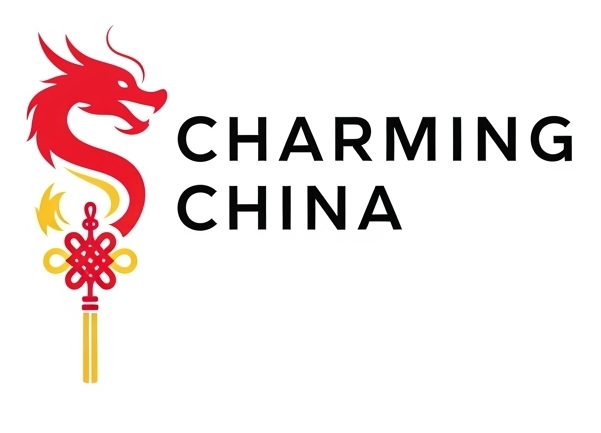Chinese Phoenix - Symbolism, Meaning, and Cultural Significance
In Chinese culture, the Fenghuang — often called the Chinese Phoenix — is one of the most revered mythical creatures. Unlike the Western phoenix, which is associated mainly with rebirth from ashes, the Fenghuang represents virtue, harmony, and prosperity. It has been a royal emblem, a decorative motif, and a spiritual symbol for thousands of years. Let’s explore its origins, symbolism, and why it remains an iconic part of Chinese heritage.

Origins of the Fenghuang
The Fenghuang first appeared in Chinese art over 2,700 years ago during the Shang and Zhou Dynasties. Ancient texts describe it as a bird with the beak of a rooster, the face of a swallow, the neck of a snake, the back of a tortoise, and the tail of a fish — symbolizing harmony between all living things.
In Chinese mythology, the Fenghuang rules over all birds and is often paired with the dragon. While the dragon symbolizes power and masculinity (yang), the Fenghuang embodies grace and femininity (yin).
Symbolism of the Chinese Phoenix
| Symbolic Meaning | Cultural Context | Modern Use |
|---|---|---|
| Virtue & Grace | Represents the ideal woman and noble character | Wedding dresses, jewelry |
| Harmony | Combines elements of different animals | Interior décor, artwork |
| Prosperity | Seen as an omen of good fortune | Festival costumes, branding |
Fenghuang vs. Western Phoenix
While both are called “phoenix” in English, they differ greatly:
- Fenghuang: Doesn’t die or resurrect — instead, it’s eternal and flawless, appearing only in times of peace.
- Western Phoenix: Associated with fire, death, and rebirth from ashes.
Fenghuang in Chinese Weddings
The Fenghuang often appears alongside the dragon in wedding motifs. In traditional belief:
- Dragon = groom
- Fenghuang = bride
Together, they represent a harmonious marriage filled with mutual respect. This pairing can be found in embroidery, jewelry, and wedding invitations.
Fenghuang in Art and Architecture
From imperial palaces to silk embroidery, the Fenghuang’s image is a common decorative element. Its bright colors — often gold, red, and green — make it a favorite for festival costumes and New Year celebrations.
FAQs About the Chinese Phoenix
1. Is the Fenghuang a real bird?
No, it’s a mythical creature inspired by several real birds, such as peacocks and pheasants.
2. Does the Fenghuang die and resurrect like the Western phoenix?
No. It is considered immortal and appears only in peaceful, prosperous times.
3. Can I wear Fenghuang motifs in clothing if I’m not Chinese?
Yes, especially in fashion or jewelry — but in weddings, the symbol is deeply tied to traditional meanings.
The Fenghuang remains a powerful cultural symbol, representing not just beauty but also balance, unity, and hope. Whether it’s embroidered on a silk robe, engraved on a hairpin, or printed on modern designs, the Fenghuang continues to inspire both traditional and contemporary art.
